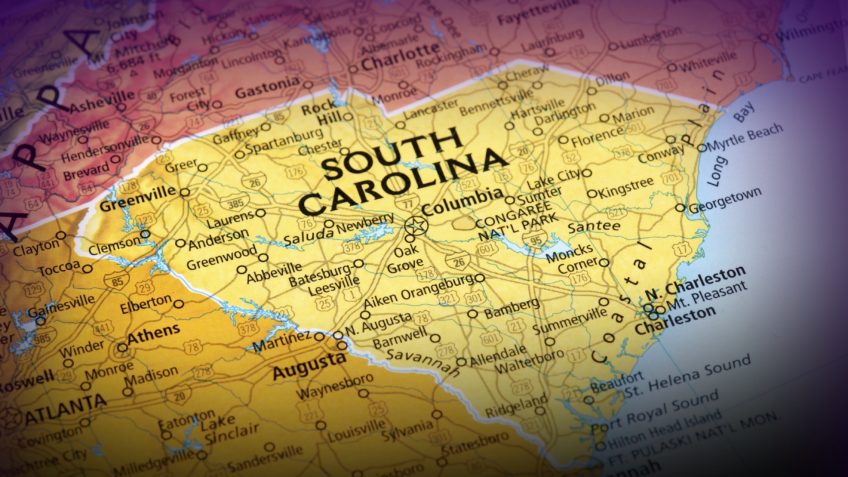South Carolina is a state with a lot to offer. From beaches and golf courses to mountains and influential cities. It is home to 5 million people, making it the 23rd most populated state, and ranks 40th in landmass. There are many interesting facts about the state of South Carolina to explore.
South Carolina became the eighth state when it ratified the U.S. Constitution on May 23, 1788. It was also the first state to vote in favor of secession from the Union. It voted to secede from the Union on December 20, 1860. After the Civil War ended it was readmitted into the United States on June 25, 1868.
King Charles I of England is honored in the name of South Carolina. He formed the English colony. Carolus is Latin for Charles, which is where the name Carolina originated.
As we mentioned, South Carolina has much to offer, so much, in fact, the state is divided into three distinctly different geographical areas: The Atlantic coastal plain, the Piedmont, and the Blue Ridge Mountains. South Carolina’s coastal plain is often referred to as the Lowcountry and makes up two-thirds of the state, the Midlands make up the Piedmont area, and the Upstate starts at the foothills of the Blue Ridge Mountains.
The State Dance

The Shag is the state dance of South Carolina. The dance was born on the beaches and is reported to have been around since around the 1920s. The dance is fast-paced and similar to swing dancing. It has been affectionately referred to as a “cold beer on a warm night with a hot date and no plans for tomorrow.”
For a beginner lesson on learning how to perform the shag, you can check out Savannah How: The basic steps to shag dancing.The Civil War
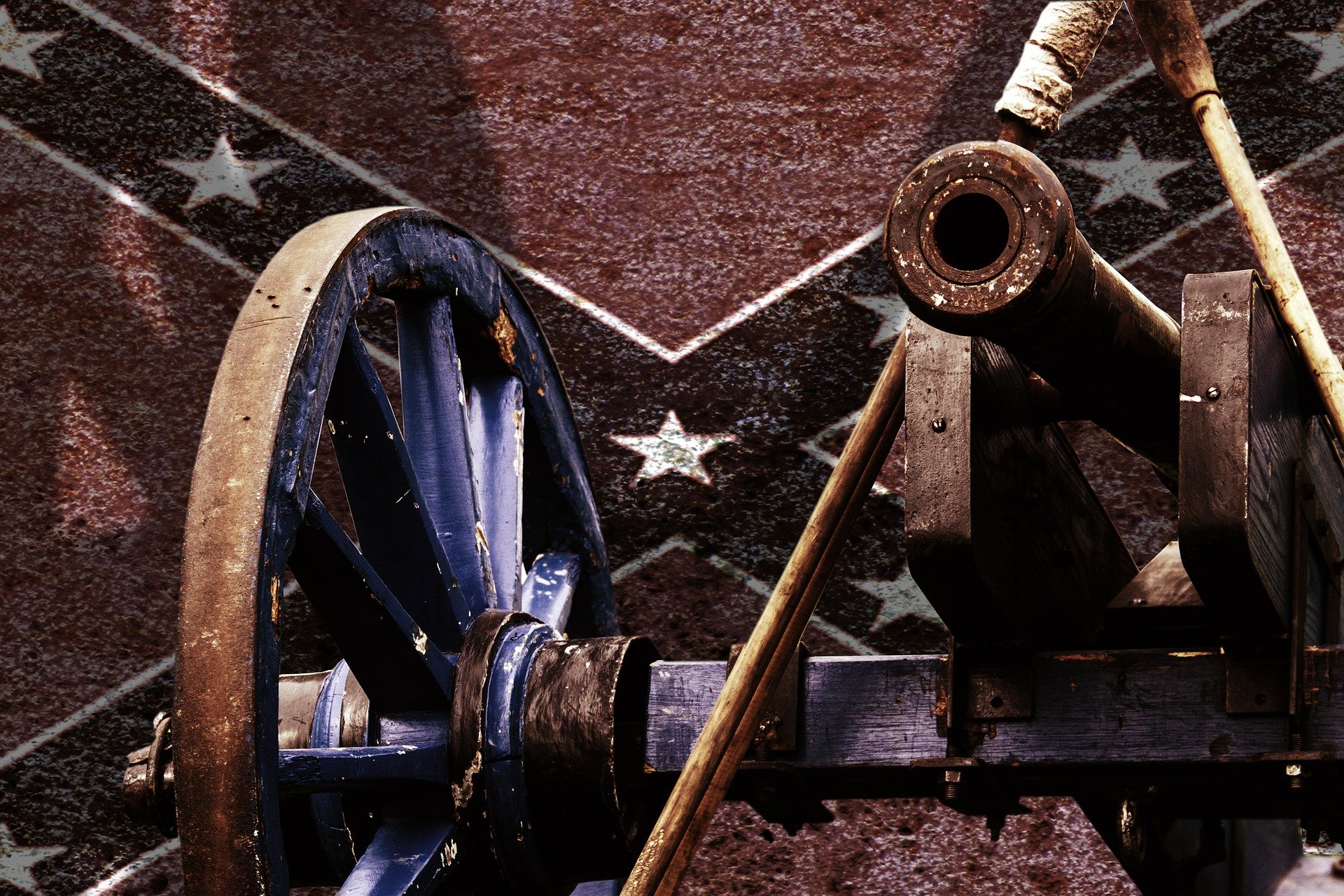
South Carolina was the first state to secede from the union at the start of the Civil War. The first shots fired in the Civil War took place in South Carolina, in a battle at Fort Sumter. While the state did have several battles and engagements, it was not considered to be a major battleground in the war.
South Carolina also suffered through the burnings from General Sherman whose troops ransacked both the existing and new statehouses in the capital city. Pendleton, South Carolina is a tiny town in the Upstate that curiously still has its historic pre-civil war structures. The reason these structures still stand today is that General Sherman had family members living within the Pendleton community. Thus he spared the village from the devastating flames that consumed much of the South during the war.
South Carolina Peaches
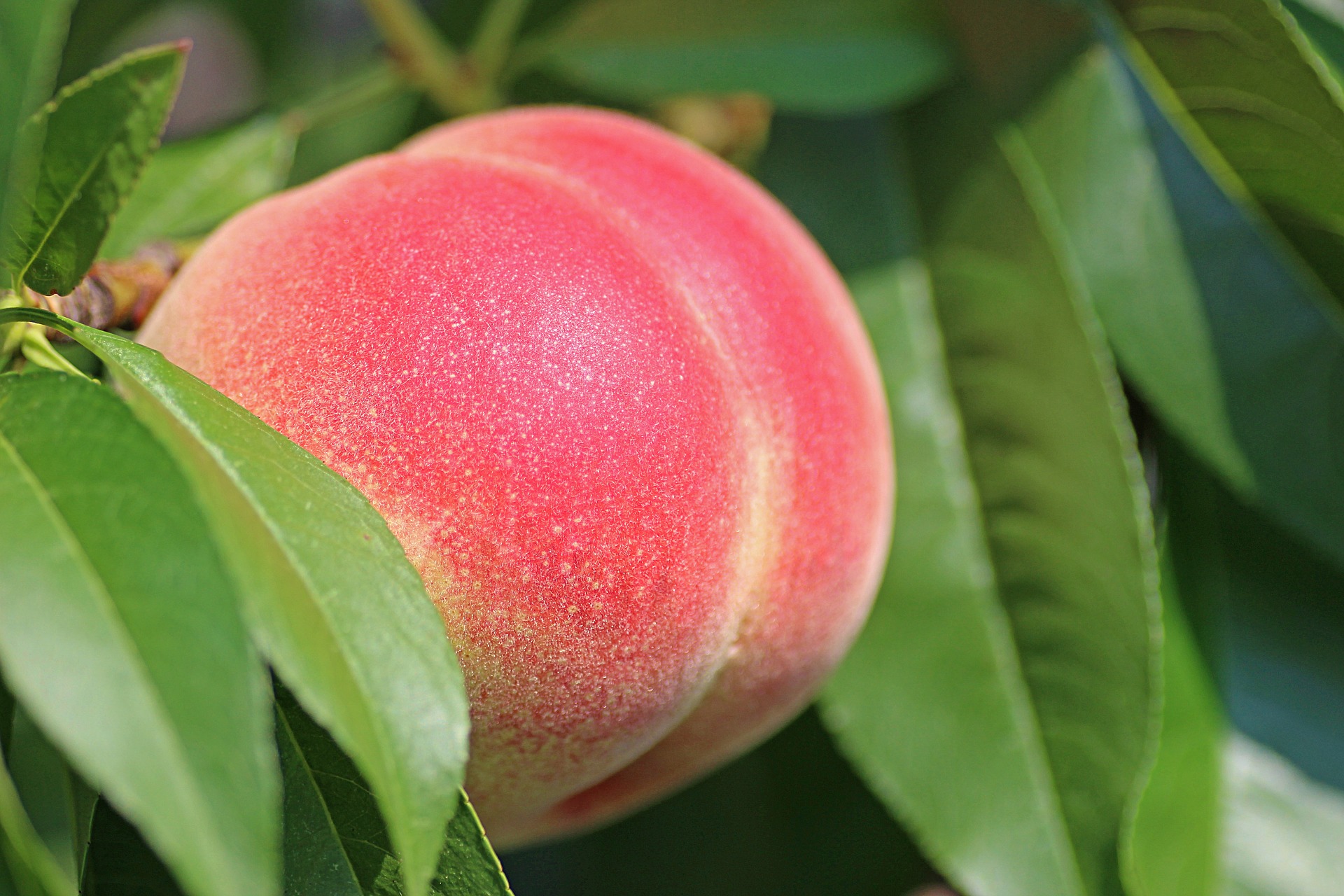
South Carolina produces the most peaches in the country east of the Mississippi River. In fact, although Georgia is known as “The Peach State”, South Carolina has been ahead in peach production since the mid-1980s. 54,600 tons of peaches were harvested from South Carolina crops in 2018, second in the nation only to California.
In Gaffney, there is a water tower replica of a peach. This giant peach was featured in the Netflix series House of Cards.
The Iodine State
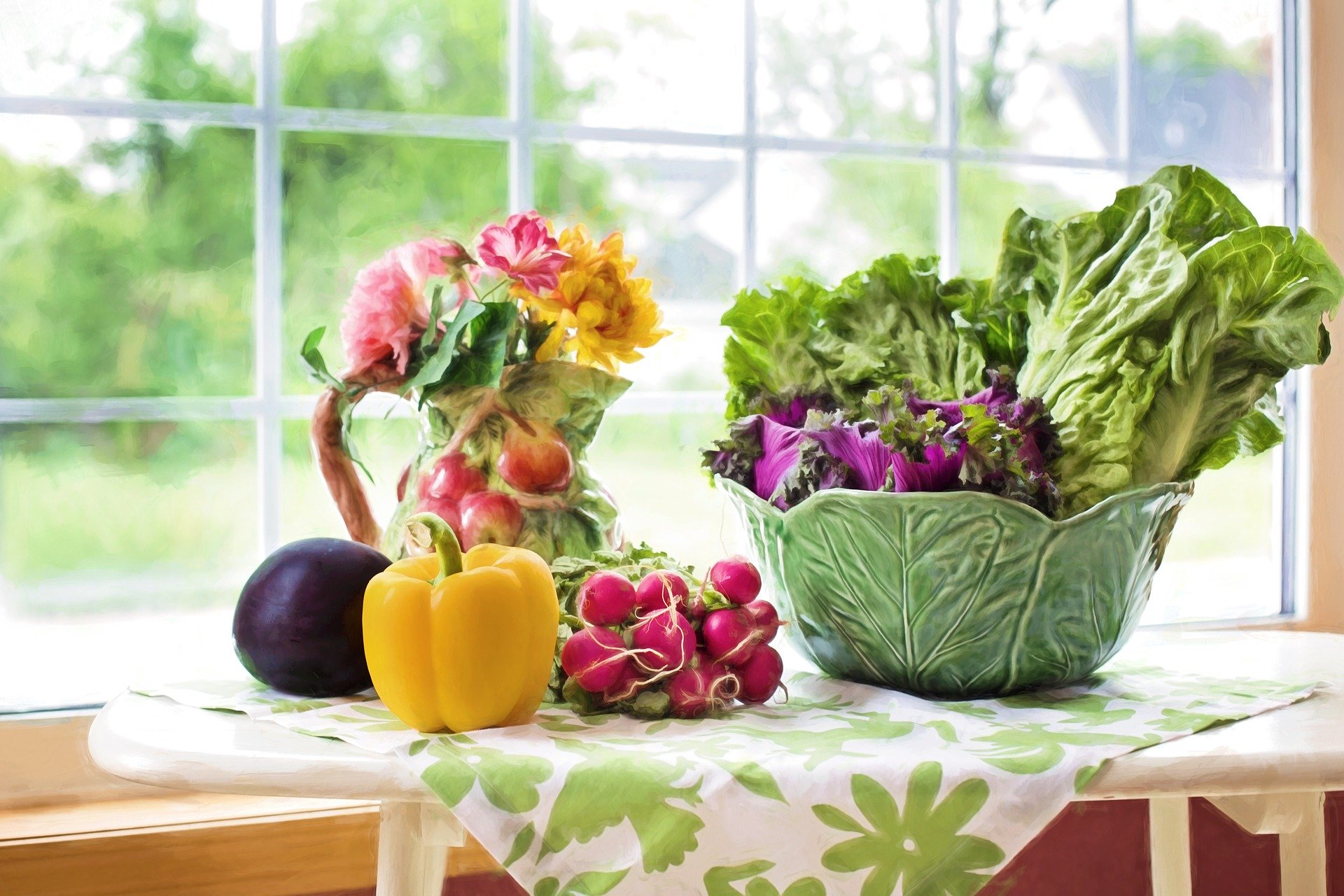
Before South Carolina became known as the Palmetto State, it was known as the Iodine State. Yes, the Iodine State, you read correctly. The reason for this lackluster nickname was that in the 1920s, the state began a promotional campaign to advertise high iodine content in their fruits and veggies.
The state enjoyed little advantage from the branding and marketing. By the time iodized salt became a manufactured commodity in the 1940s the demand for foods rich in iodine had diminished.
Annual Poultry Festival
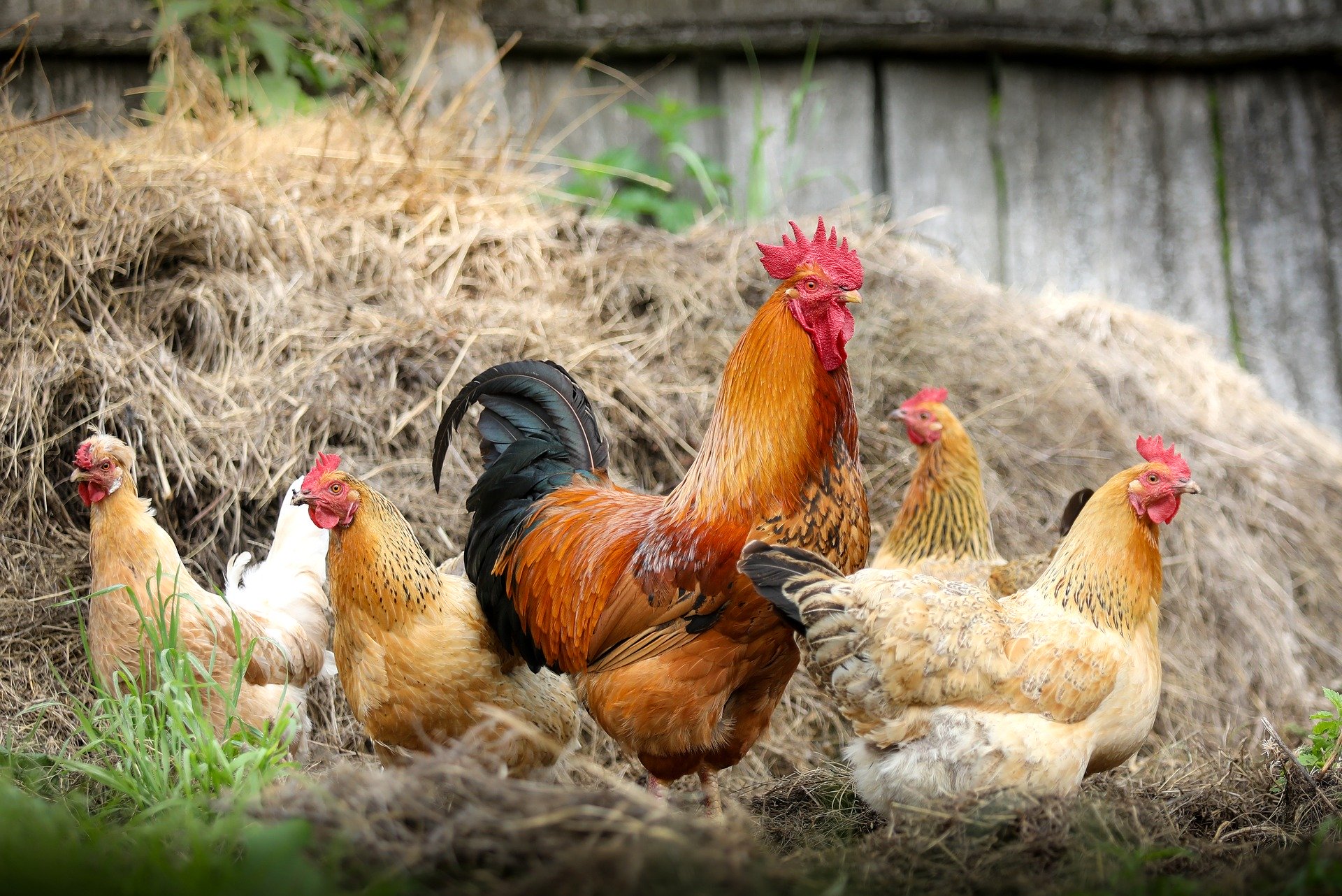
The Annual South Carolina Poultry Festival is held in early May in Batesburg-Leesville. The festival is a way for South Carolinians to celebrate the large and thriving chicken industry in the state and have a great time doing it.
The festival has been known to attract more than 20,000 people and has now become so popular that it temporarily increases the population of the Twin Cities to more than 100,000. The festival has its own parade, hundreds of merchants and crafters, and, of course, it is home to the #1 World’s Best Chicken Cooking Contest.
The Patron Saint of Camden
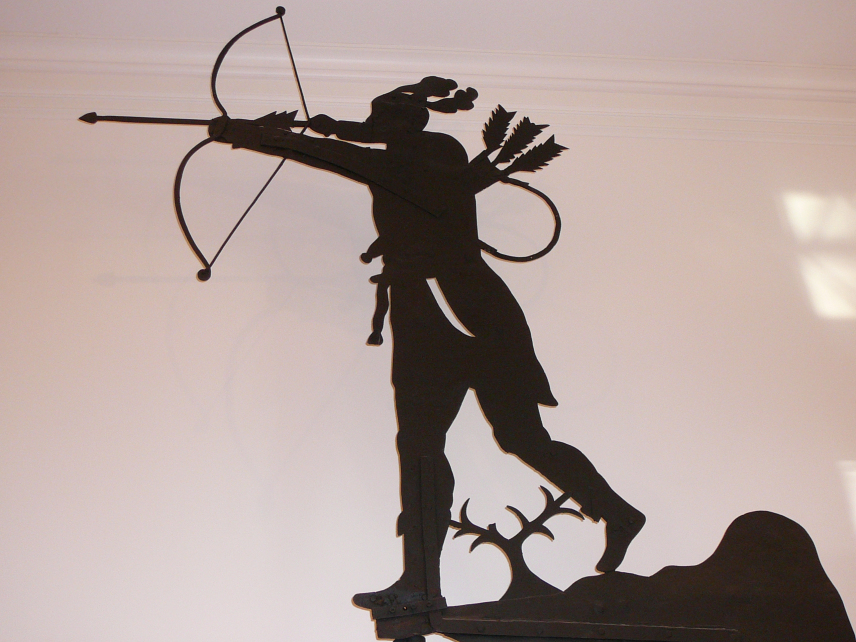
Early settlers in Camden were befriended by King Haiglar, a Catawba Indian. He is known as “The Patron Saint of Camden” and is honored in Camden by a life-sized weather vane on top of the old 1886 Opera House. He is called the patron saint because the Catawba sided with the British during the French and Indian war and he helped protect the township.
The name King Haigler is not consistent from source to source. He is sometimes known as Nopkehe, Oroloswa, and Arataswa. There are also spelling variations which include Hagler, most commonly, and Haglar, Haggler, Hegler, and Heiglar. He is the first Native American in the South Carolina Hall of Fame where he is recognized under the name, Arataswa Hagler. He is known as king because the European royal governors recognized him as the leader of the Catawba Nation.
The Grand Strand
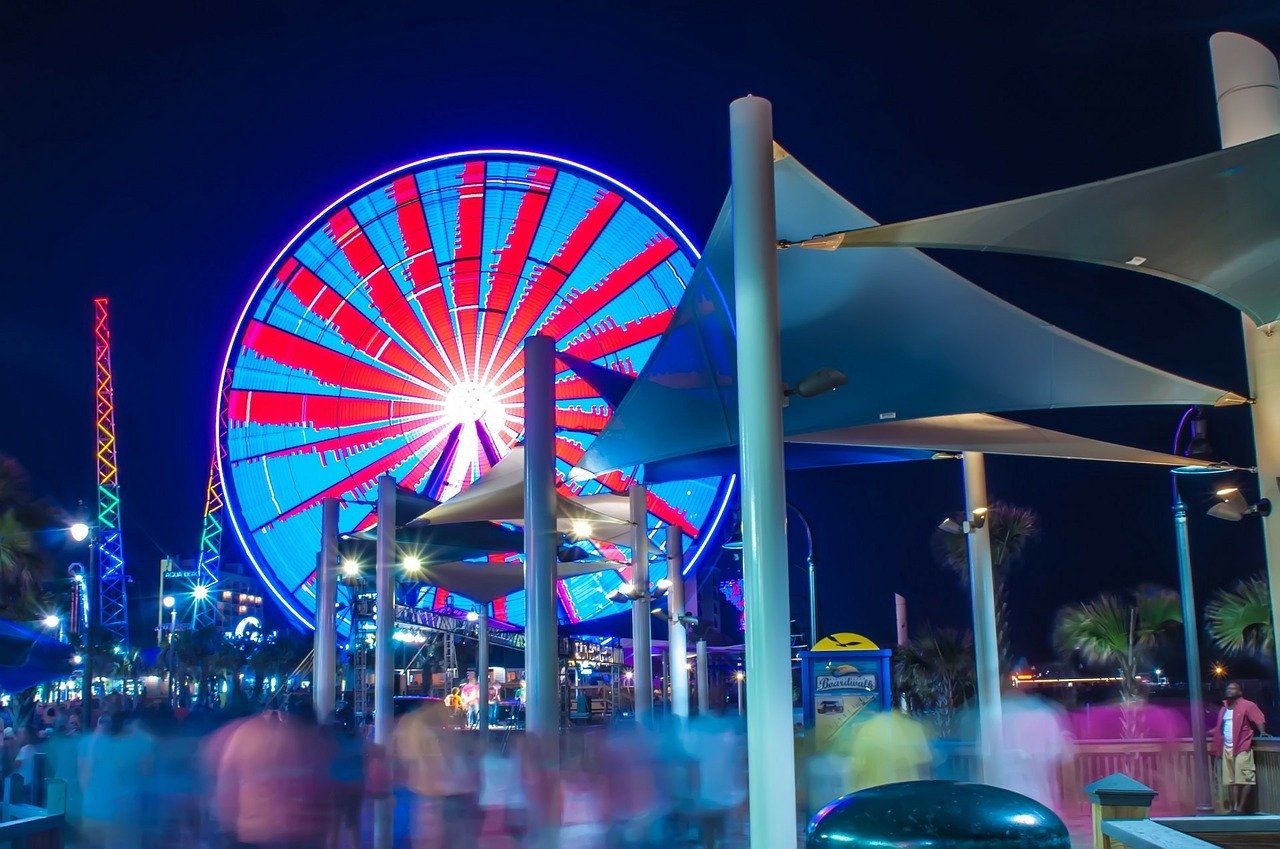
The Grand Strand is one of the most popular tourist attractions in the country with more than 14 million visitors each year. Tourism sees the most visitors in the spring and summer months. The Grand Strand runs for 60 miles along the coastline, from Little River to Georgetown, South Carolina.
The Grand Strand is host to a variety of events, festivals, and concerts. It’s estimated that there are more than 450 hotels and 1,900 restaurants located along the stretch of land. There are also amusement parks, an IMAX theater, an aquarium, and countless shops and more to find along the Grand Strand.
Clemson University’s Blue Cheese
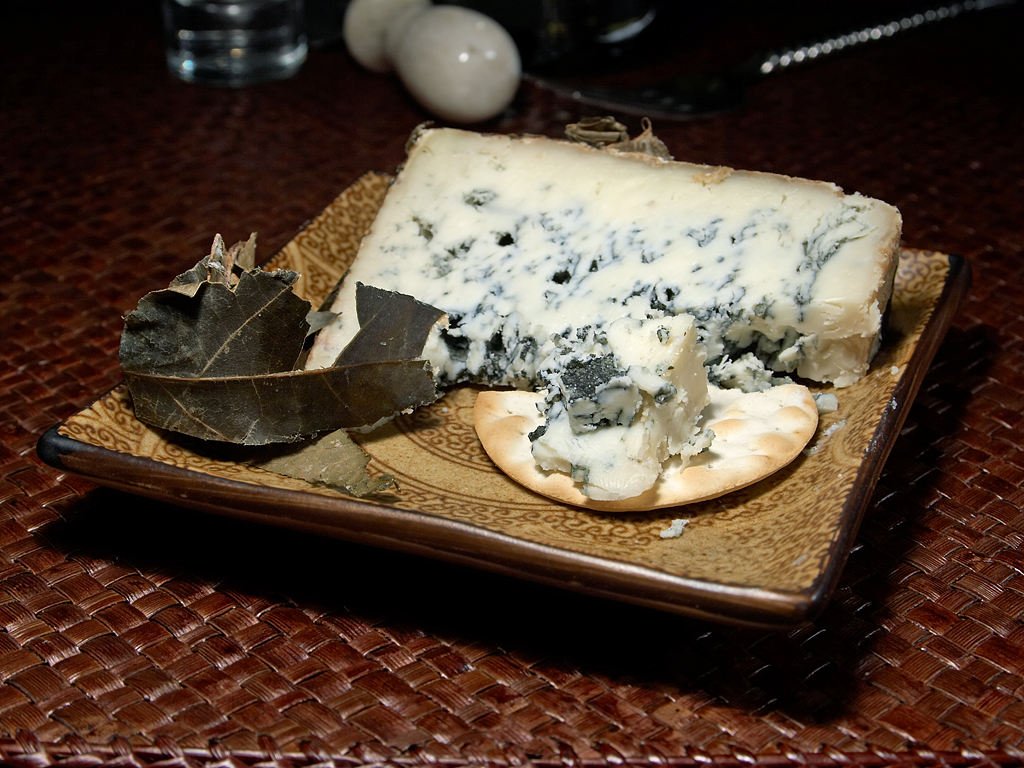
The Stumphouse Mountain Tunnel is a mile-long tunnel into solid granite. It was started in 1856 by a railroad company, but in 1859 the Civil War caused the project to be abandoned. In recent years, Clemson University used the tunnel to make Blue Mold Cheese successfully for the first time in the south.
Thanks to the airshaft installed midway through the tunnel, the temperature and humidity within Stumphouse Mountain Tunnel are perfect for curing Clemson’s Blue Cheese. In fact, during the 2019 United States Championship Cheese Contest, Clemson University Blue Cheese took fourth place.
Tobacco Businesses
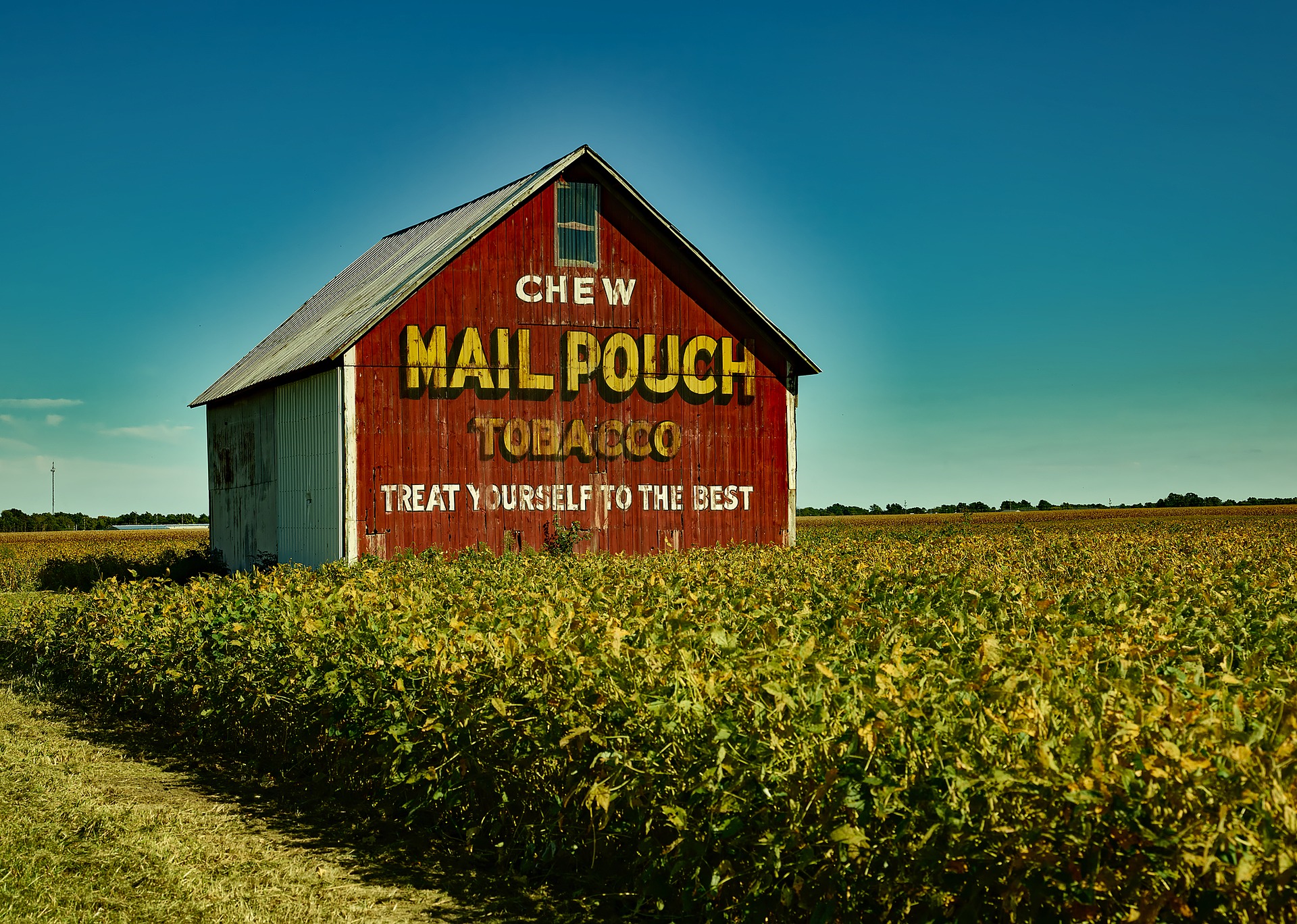
Tobacco farming has been a part of South Carolina’s history three separate times. The most significant tobacco boom in the state coincided with the cotton depression. The demand was high for flue-cured tobacco, also called bright leaf tobacco as smoking was on the rise.
In 1894 Mullins, South Carolina became the tobacco capital of the state. Over 200 tobacco barns and warehouses were constructed in a hurry for their first tobacco sales on August 28, 1895.
South Carolina Flowers
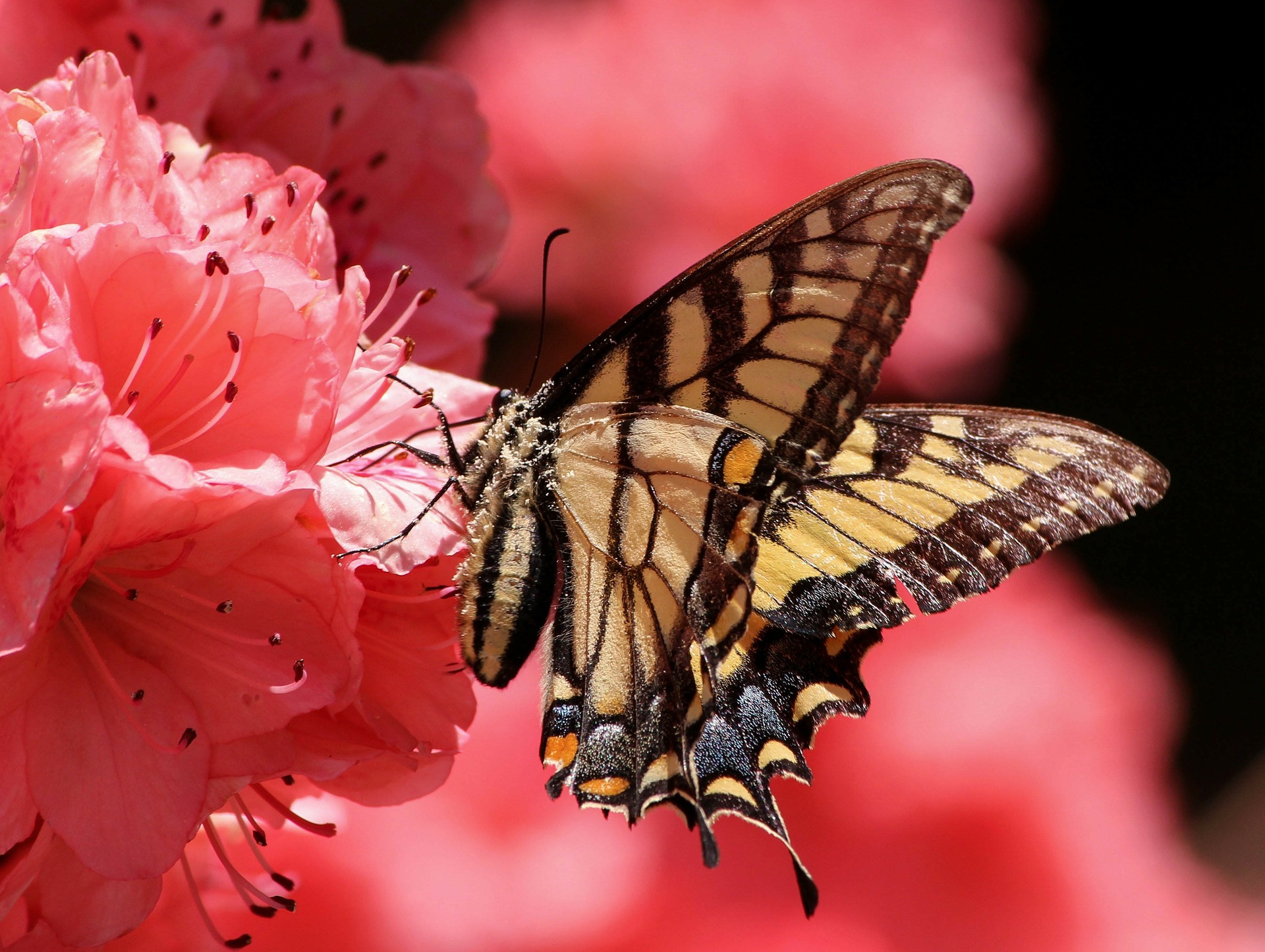
Summerville’s town motto is “The Flower Town in the Pines.” The town has been a tourist attraction since the early 1900s because of the millions of blooms in the spring. Azalea Park is centrally located in the town and hundreds of other public and private gardens are also in full bloom.
In Mt. Carmel, Red Spider Lilies are the historic blooms, as the bulbs were first introduced to the United States when Dr. James Morrow sent them and other plant specimens from Asia back to South Carolina while he served with Commodore Perry’s expedition to open trade between the U.S. and Japan.

